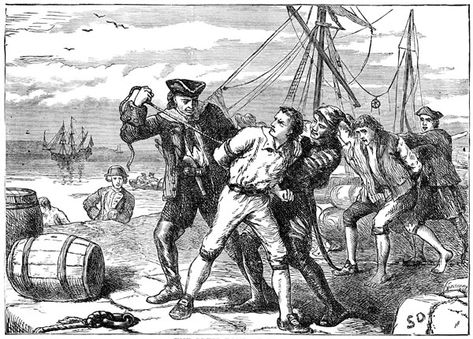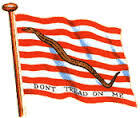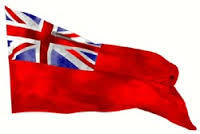
This is a text-based summary
While it may not be the same experience as meeting us in person, we are currently working on pre-recorded videos featuring our historical interpreters. Let’s begin exploring!
Museum Layout for 2023
The picture on the right is the new layout for the 2023 season. Some new exhibits coming out are not listed as they may not be ready by the time the season gets well underway. We will update this as soon as possible.
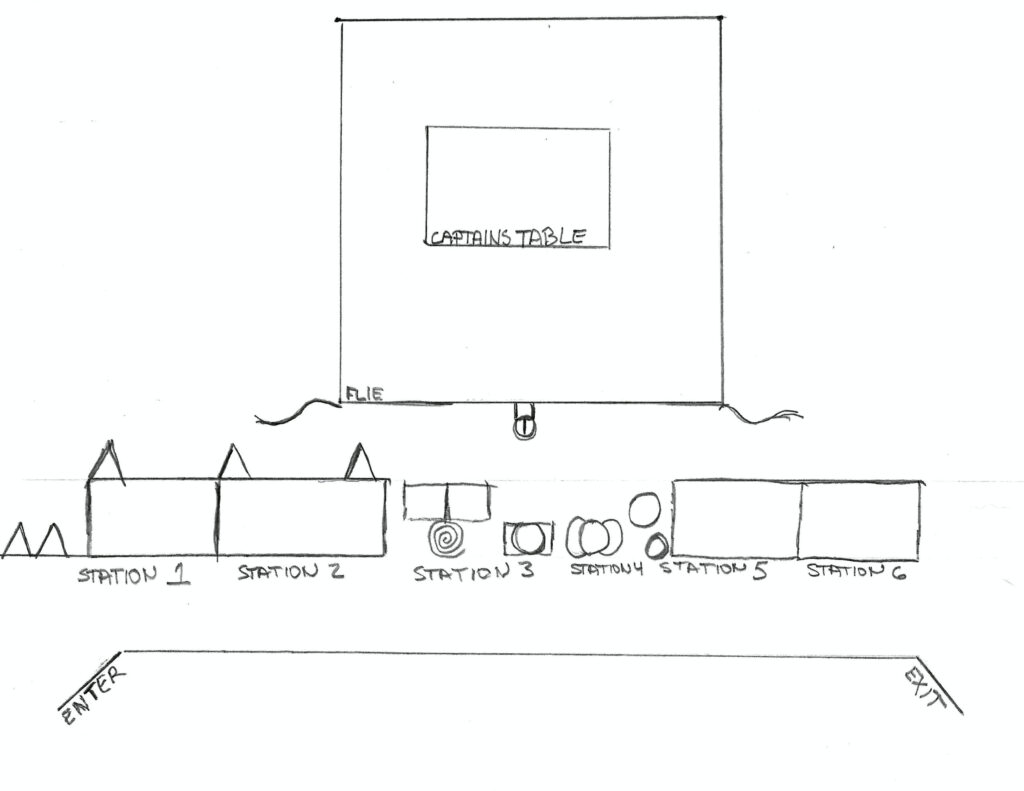
To review the various museum stations as they are arranged, kindly check out the “Pages” provided below.
Station I
Welcome Aboard! You are about to embark on an adventure over 246 years old and the subject you are about to learn is not taught in many places.
The AWIPM is the ONLY museum in the United States solely dedicated to the brave souls that chose to become
Privateers during the American War of Independence.
Some of the history you are about to learn here may touch upon some sensitive matters.
We will be teaching it to you in a polite, friendly, and adult manner. We will issue warnings about such sensitive areas before we breach the subject.
We ask you to keep in mind we are a FAMILY FRIENDLY establishment and will teach such topics to you, our patrons, accordingly.
History is neither good nor bad, it just is.
We welcome you to join us in this learning experience about a subject we are passionate about. Please ask us Questions. We give guided tours on the hour. Between the tours, you are more than welcome to come through and ask us questions as well.
Last tour is an hour before the close of the day.

The first Station is the beginning of your journey into the past. Where we familiarize you with the basics of the period and happenings that lead up to the revolt and war of independence.
The first board we come to is our board entitled “Reasons for Independence & Consequences” or what we refer to as “Reasons for the Treason.” This is a compiled list of events, reactions, and consequences which built up over time preceding the Revolutionary War.
1763 – Proclamation Act
1764 – Sugar Act
1765 – Quartering Act
1766 – Stamp Act
1767 – The Townshend Act
1770 – Boston Massacre
1772 – The Gaspee Affair
1773 – The Tea Act
12/16/1773 – Boston Tea Party
1774 – The Coercive (Intolerable) Acts
3/7/1774 – 2nd Boston Tea Party
9/5/1774 – 1st Continental Congress Convened
1775 – Lexington & Concord (4/19)
5/10/1775 – 2nd Continental Congress Convened
1775 – King George Declares colonies in Rebellion (8/25)
All these taxes, proclamations, and events (listed to the left)led to the Declaration of Independence and further sowed the seeds of rebellion in our fledgling country. And with that came a need for certain things the King and Parliament decreed to be out of touch for the rebel colonists such as colonial governing rights in Massachusetts, a land grab, unfair quartering of troops in colonial homes, and the confiscation of and forbidden sale of gunpowder to colonists.
This also led to an increase in regular British troops from England which many were concerned about.
And so things were discussed in Congress about a Navy as well as Privateering.
Both the rebellious colonists and the British Loyalists took part in privateering during the course of the war. It had started on the side of the revolt against the crown with more than a few supporters in Congress and in the merchant shipping industry by a few ship and business owners. The British followed suit a year later after being harassed and losing considerable revenue and materials to rebel privateers.
The following timeline is how things came to be for the privateering endeavors to start.
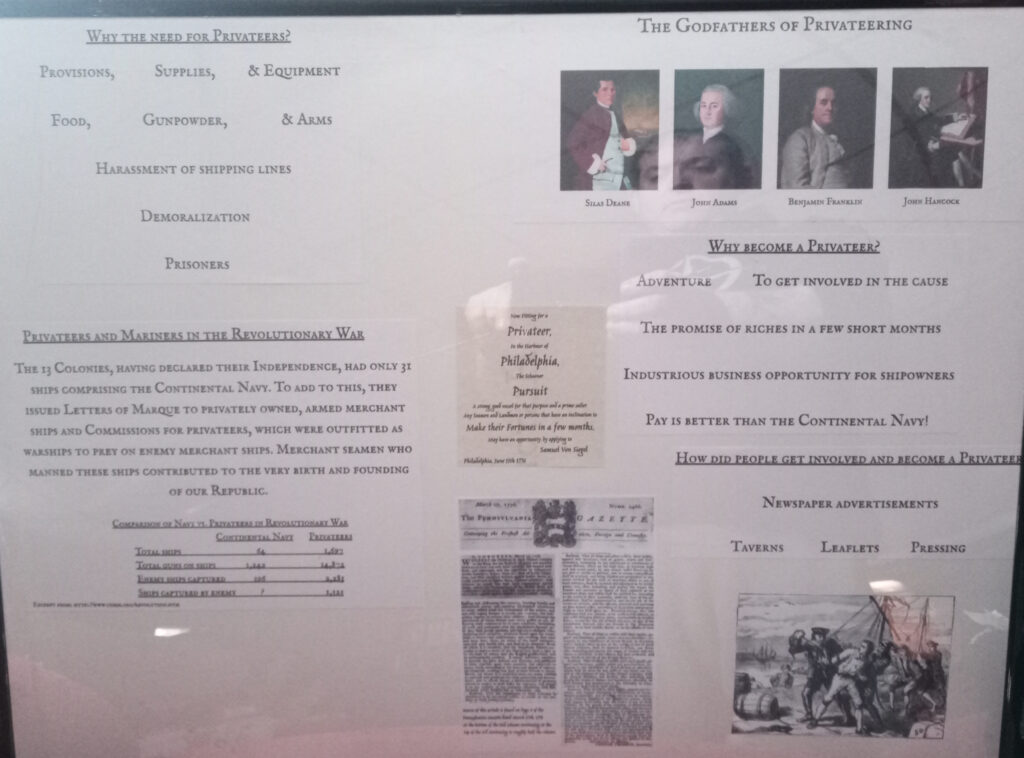
Why the need for Privateering?
What role could it possibly fill?
Who got it started off?
How did people learn about becoming a privateersman?
All good questions! Let’s start with why it was needed…
We needed things that we couldn’t get from our fledgling Navy.
Food & Provisions, Supplies & Equipment, Gunpowder and arms, the harassment of merchant vessels & shipping lines, prisoners for exchanges, & a demoralization of the British on their home front.
We wanted to bring about as much havoc on their economy in England as they had upon us with all the taxes stemming from their wars, poor policies, and unfair business practices they bestowed upon us.
What effect did it have on Ol’ King George?
Quite a big one, the lost revenue, and taxes from the Privateer actions were substantial enough after a year for the King and Parliament to authorize the use of Privateers to strike back and assist as the Royal Navy was engaged in blockades and fending off the Spanish and French who had supported the rebel colonists.
How many privateers were there over the course of the war?
Comparison of Navy vs. Privateers in the Revolutionary War Continental Navy Privateers
Total ships 64 1,697
Total guns on ships 1,242 14,872
Enemy ships captured 196 2,283
Ships captured by enemy ? 1,323
Who made privateering Possible?
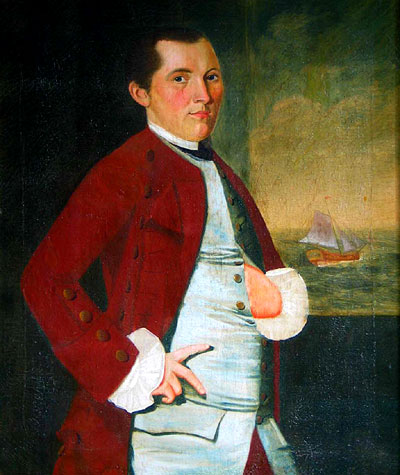
Silas Deane
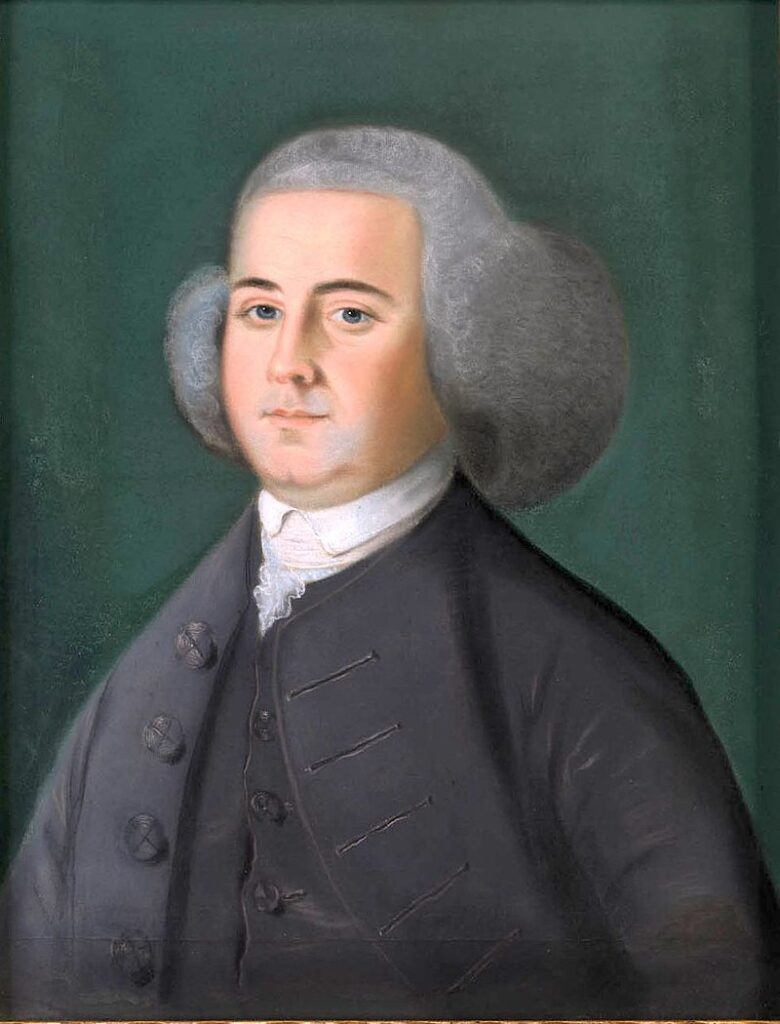
John Adams

Benjamin Franklin

John Hancock
These four statesmen are considered the Godfathers of Privateering. Without their contributions to the argument in Congress it most likely would have dragged on longer than necessary and that could very well have tipped the scales in the King’s favor. Each of them had an iron in the fire and John Adams was the principal owner of the “Chance.” One of the first Letters of Marque granted by Congress.
Why become a Privateersman?
The short answer is money. Privateering was one of the most lucrative industries of the late 18th century in the colonies. One could make a year’s worth of earnings in a few short months, and it also promised a life of adventure, as well as skills. Serving in the Navy was less appealing as privateersmen were treated more fairly, it was far more equitable, and they were less strict on some areas at sea.
The two were started so close together in discussions that when they passed the privateering through Congress it was noted in the letter of instruction that no less than 1/3 of the crew had to be landmen in order to have some experienced sailors left for the Navy.

How did people become Privateersmen?
After Congress approved the bill on Privateering on March 25th, 1776 an ad was taken in the Philadelphia Gazette and posted 2 days later on March 27th. Hundreds of readers saw the resolution printed on pages 2 & 3 (seen left) thanks to Secretary Charles Thompson. Once people saw it news spread relatively quickly and hundreds of applications started pouring in over the course of the war to get a piece of the action.
Other ways one learned about becoming a part of a Privateer crew was through advertisements in newspaper classifieds as well as flyers left on bulletin boards and tavern tables (above this side) across the colonies.
*** MATURE CONTENT WARNING ***
Please note that certain content may not be appropriate for all ages or sensitive groups. We want to inform you of this so you can proceed with caution if you or someone reading falls into one of these groups. The upcoming content pertains to a form of human trafficking that was prevalent during that time period.
Then there were the Press Gangs. Everyone who needed someone was doing this age-old tradition of indentured servitude by kidnapping. The British were doing this for all their armed forces, and so were some continental units as well. In some rare cases, Privateer Captain’s and Owners were sending out press gangs to look for able-bodied men of all ages to get their crew’s ranks swelled. This included paying for children and young men, or being paid to take deadbeats.
Among the favorites of the Sea Captain’s for pressing men into their crews was sitting at a tavern and drinking with the men, getting them blackout drunk, or knocking them over the heads with belay pins or tankards, and when the men woke up on board ship they were paid a wage and given the choice to swim to shore or work.
